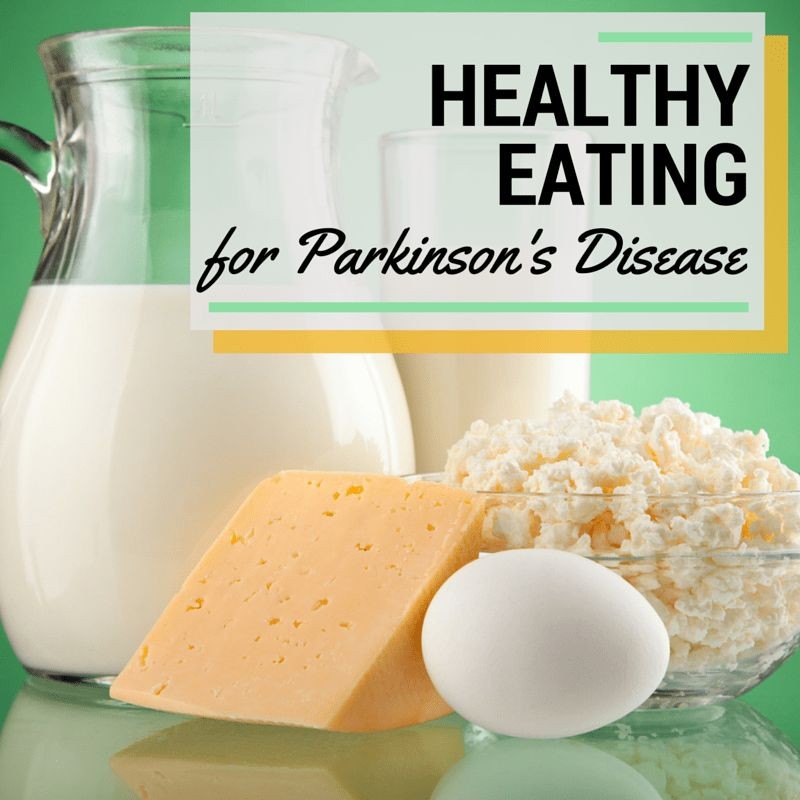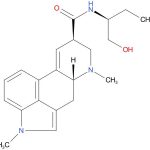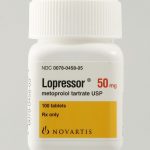
Contents
- 1 Eating Right With Parkinson’s Disease
- 1.0.1 The Basics of Eating Well
- 1.0.2 Medication and Food Interactions
- 1.0.3 Controlling Nausea
- 1.0.4 Relieving Thirst/Dry Mouth
- 1.0.5 I am Too Tired to Eat in the Evening, What Should I Do?
- 1.0.6 I Don’t Feel like Eating, What Should I Do?
- 1.0.7 How Can I Make Eating More Enjoyable?
- 1.0.8 Maintaining Your Weight With Parkinson’s Disease
- 1.0.9 High-Calorie Recipes to Try
Eating Right With Parkinson’s Disease
While there is no special diet required for people with Parkinson’s disease, a well-balanced, nutritious diet is extremely beneficial. With a proper diet, our bodies work more efficiently, we have more energy, and Parkinson’s disease medications will work properly.
This article addresses the basics of good nutrition. Please consult your doctor or dietitian before making any dietary changes. A registered dietitian can provide in-depth nutrition education, tailor guidelines to meet your needs, and help you create and follow a personal meal plan.
The Basics of Eating Well
- Eat from each food category. Ask your doctor about taking a daily vitamin supplement.
- Maintain your weight through exercise and food. Ask your doctor about your "goal" weight and daily calorie consumption.
- Include high-fiber foods such as vegetables, cooked dried peas and beans, whole-grain foods, bran, cereals, pasta, rice, and fresh fruit in your diet.
- Choose foods low in saturated fat and cholesterol.
- Limit sugars.
- Moderate salt intake.
- Drink eight 8 oz. glasses of water per day.
- Ask your doctor about drinking alcoholic beverages (alcohol may interfere with some medications).
Medication and Food Interactions
Levodopa works best when taken on an empty stomach, about ½ hour before meals or at least one hour after meals. Take it with 4-5 oz. of water for quicker absorption.
If nausea occurs with levodopa, your doctor may prescribe a combination of levodopa and carbidopa (Sinemet) or carbidopa alone (Lodosyn). If nausea persists, consult your doctor for alternative solutions.
Ask your doctor if your daily protein intake should be adjusted. Occasionally, a high-protein diet limits the effectiveness of levodopa.
Controlling Nausea
To control or relieve nausea:
- Drink clear or ice-cold drinks. Those with sugar may calm the stomach better than other liquids.
- Avoid orange and grapefruit juices as they worsen nausea.
- Drink beverages slowly.
- Drink liquids between meals, not during meals.
- Eat light, bland foods (such as saltine crackers or plain bread).
- Avoid fried, greasy, or sweet foods.
- Eat slowly.
- Eat smaller, frequent meals throughout the day.
- Do not mix hot and cold foods.
- Eat cold or room temperature foods to avoid nausea from the smell of hot or warm foods.
- Rest after eating, keeping your head elevated.
- Avoid brushing your teeth after eating.
- If nauseated in the morning, eat some crackers before getting out of bed or have a high protein snack before going to bed.
- Eat when nausea is reduced.
- If techniques do not relieve nausea, consult your doctor.
Relieving Thirst/Dry Mouth
To relieve thirst and dry mouth:
- Drink eight or more cups of liquid each day. Follow your doctor’s guidelines if you have heart problems.
- Limit caffeine as it may interfere with medications and dehydrate you further.
- Moisten breads, toast, cookies, or crackers in milk, decaffeinated tea, or coffee.
- Take a drink after each bite of food to moisten your mouth and help you swallow.
- Add sauces to foods to make them soft and moist.
- Eat sour candy or fruit ice to increase saliva and moisten your mouth.
- Avoid commercial mouthwash containing alcohol. Ask your doctor or dentist for alternative mouthwash products.
- Ask your doctor about artificial saliva products, available by prescription.
I am Too Tired to Eat in the Evening, What Should I Do?
If you are often too tired to eat later in the day, here are some tips:
- Save your energy. Choose easy-to-prepare foods.
- Ask your family for meal preparation help.
- Check eligibility for your local Meals on Wheels Program.
- Keep healthy snack foods on hand.
- Freeze extra portions for quick meals.
- Rest before eating to enjoy your meal.
- Eat your main meal early in the day for sustained energy.
I Don’t Feel like Eating, What Should I Do?
Here are some tips for improving poor appetite:
- Talk to your doctor; poor appetite may be due to treatable depression.
- Avoid non-nutritious beverages.
- Eat small, frequent meals and snacks.
- Engage in light activity to stimulate your appetite.
Tips for eating more at meals:
- Drink beverages after a meal instead of before or during to avoid feeling full.
- Include your favorite foods in meal plans.
- Start with high-calorie foods in your meal.
- Experiment with food variety.
Tips for eating snacks:
- Avoid low-nutrition snacks.
- Choose high-protein and high-calorie snacks.
How Can I Make Eating More Enjoyable?
- Choose easy-to-prepare and easy-to-eat foods.
- Make eating a pleasurable experience.
- Eat with others.
- Use colorful garnishes to make food look appealing and appetizing.
Maintaining Your Weight With Parkinson’s Disease
Malnutrition and weight maintenance are common concerns for people with Parkinson’s disease. Here are tips to maintain a healthy weight:
- Weigh yourself once or twice a week, or as recommended by your doctor.
- If you experience unexplained weight gain or loss, contact your doctor.
Tips for gaining weight:
- Ask your doctor about nutritional supplements.
- Avoid low-fat or low-calorie products.
High-Calorie Recipes to Try
Chocolate Peanut Butter Shake
Makes one serving; 1090 calories per serving.
- 1/2 cup heavy whipping cream
- 3 tablespoons creamy peanut butter
- 3 tablespoons chocolate syrup
- 1 1/2 cups chocolate ice cream
Pour all ingredients into a blender. Mix well.
Super Shake
Makes one serving; 550 calories per serving.
- 1 cup whole milk
- 1 cup ice cream (1-2 scoops)
- 1 package Carnation Instant Breakfast
Pour all ingredients into a blender. Mix well.
Super Pudding
Makes four 1/2 cup servings; 250 calories per serving.
- 2 cups whole milk
- 2 tablespoons vegetable oil
- 1 package instant pudding
- 3/4 cup nonfat dry milk powder
Blend milk and oil. Add pudding mix and mix well. Pour into dishes.
WebMD Medical Reference
By clicking Submit, I agree to the MedicineNet’s Terms & Conditions & Privacy Policy and understand that I may opt out of MedicineNet’s subscriptions at any time.
Reviewed by Jon Glass on March 15, 2010


